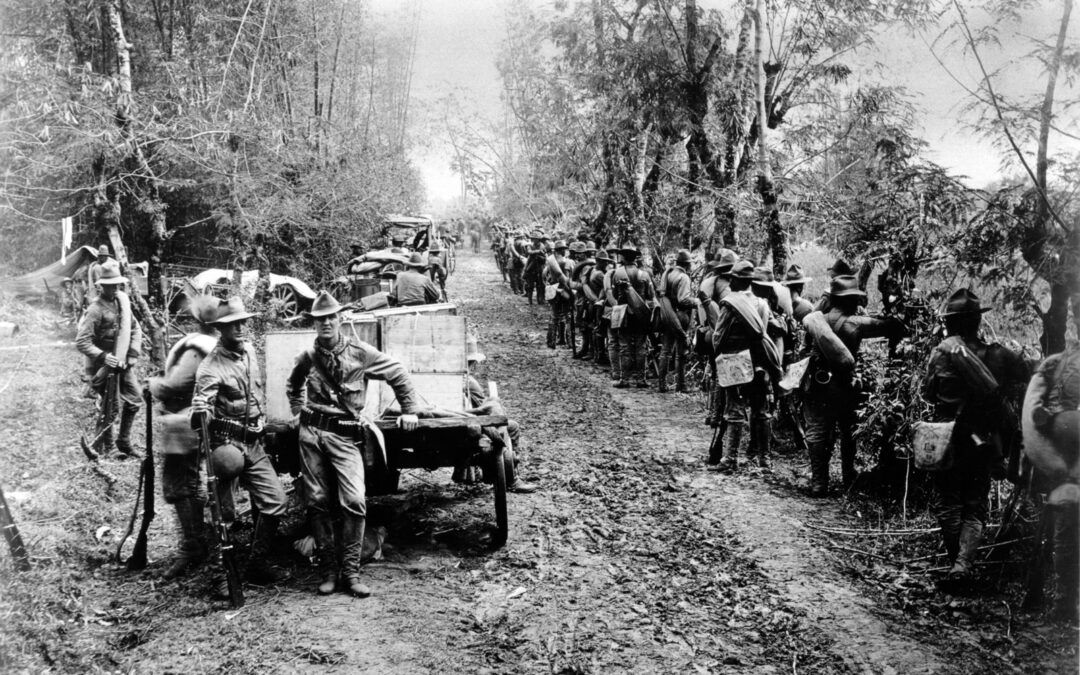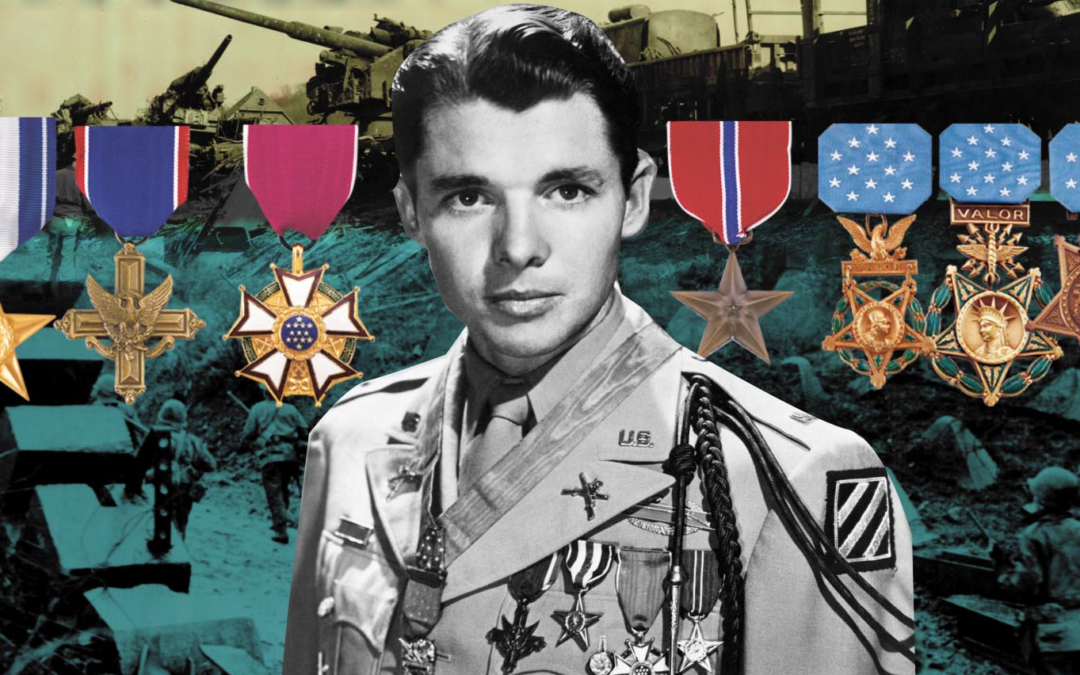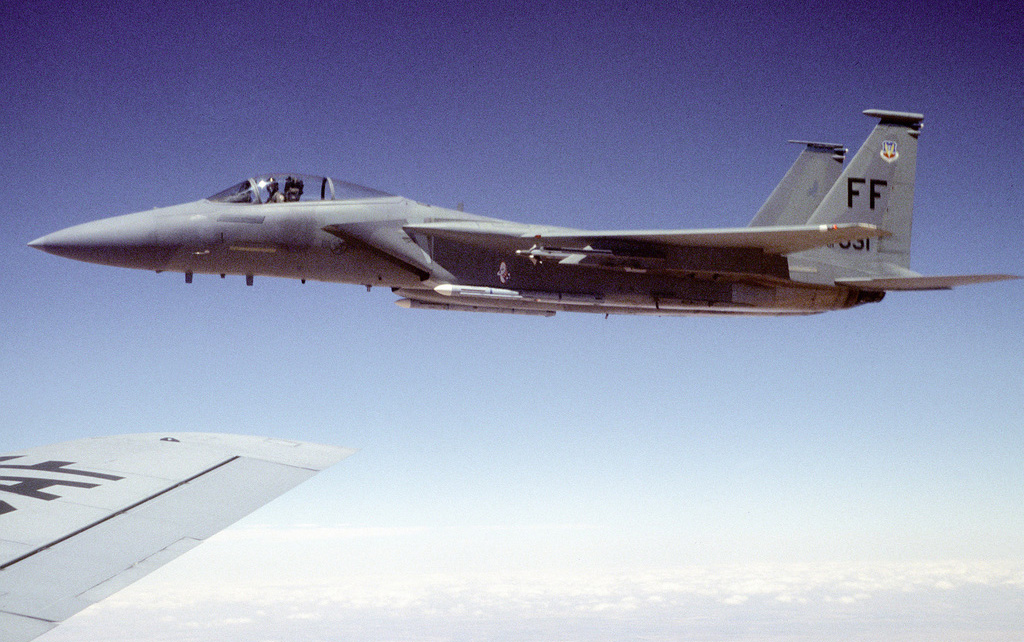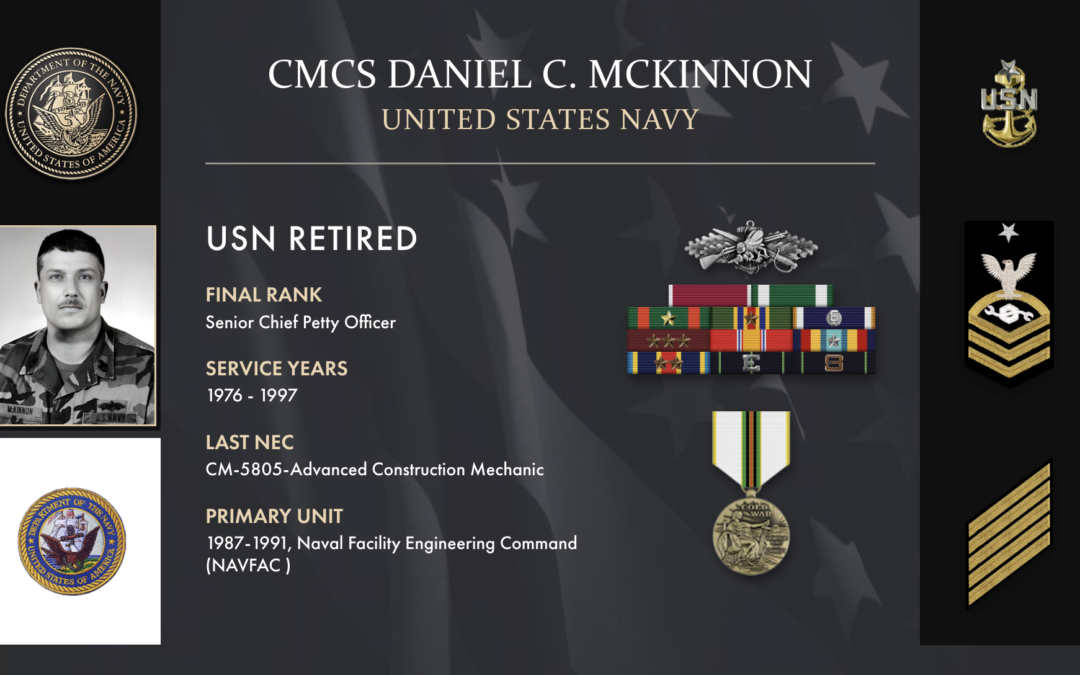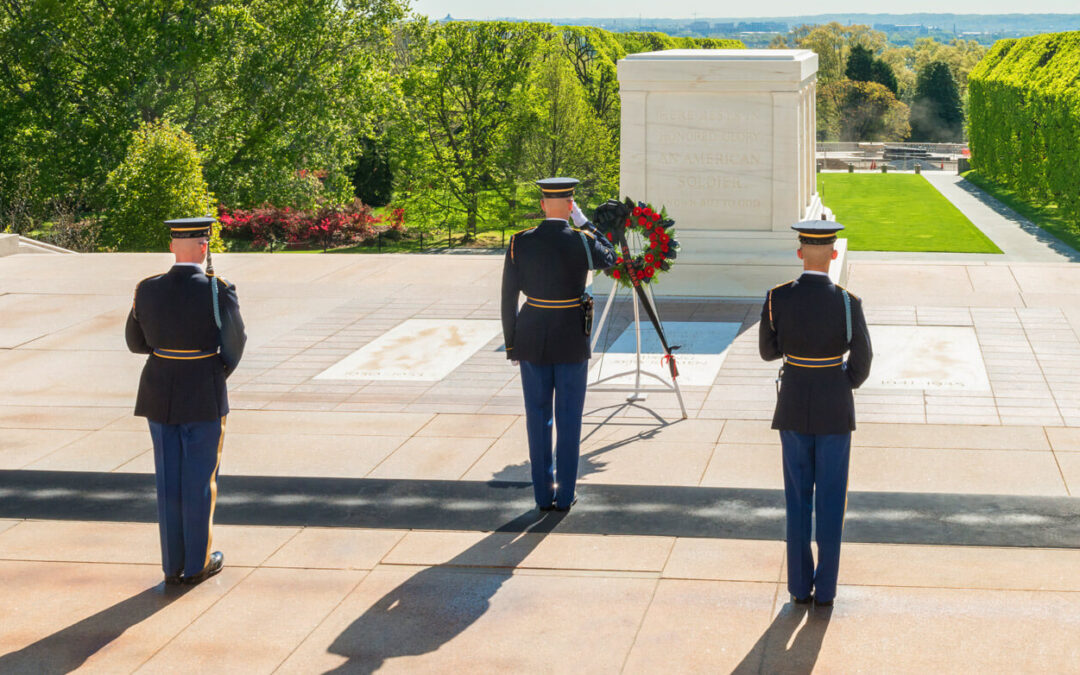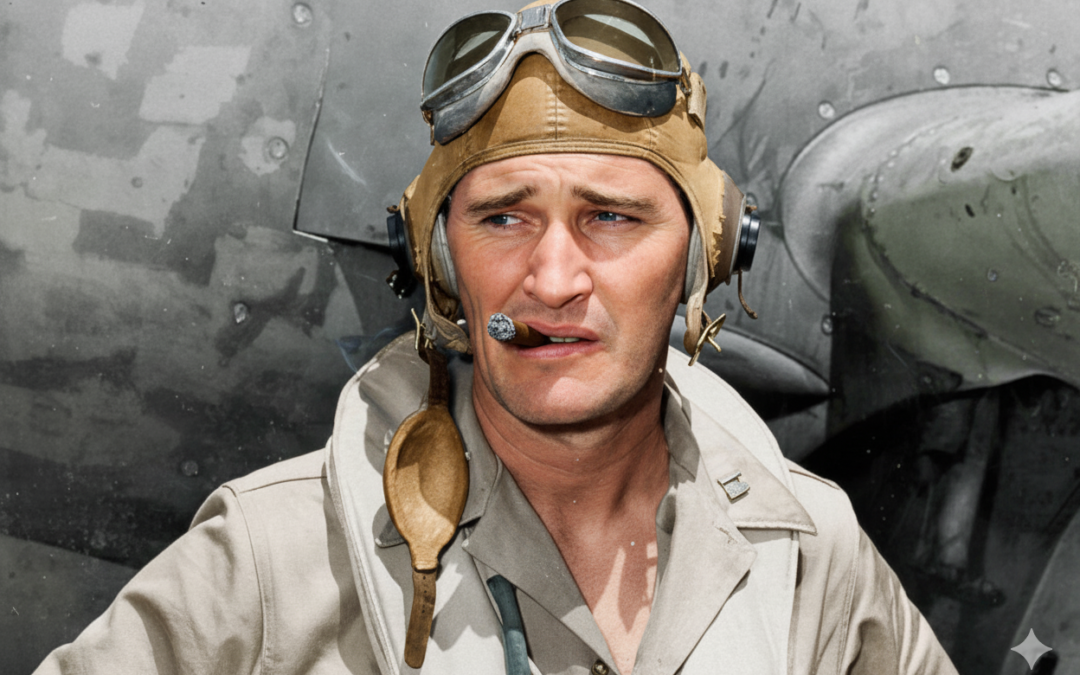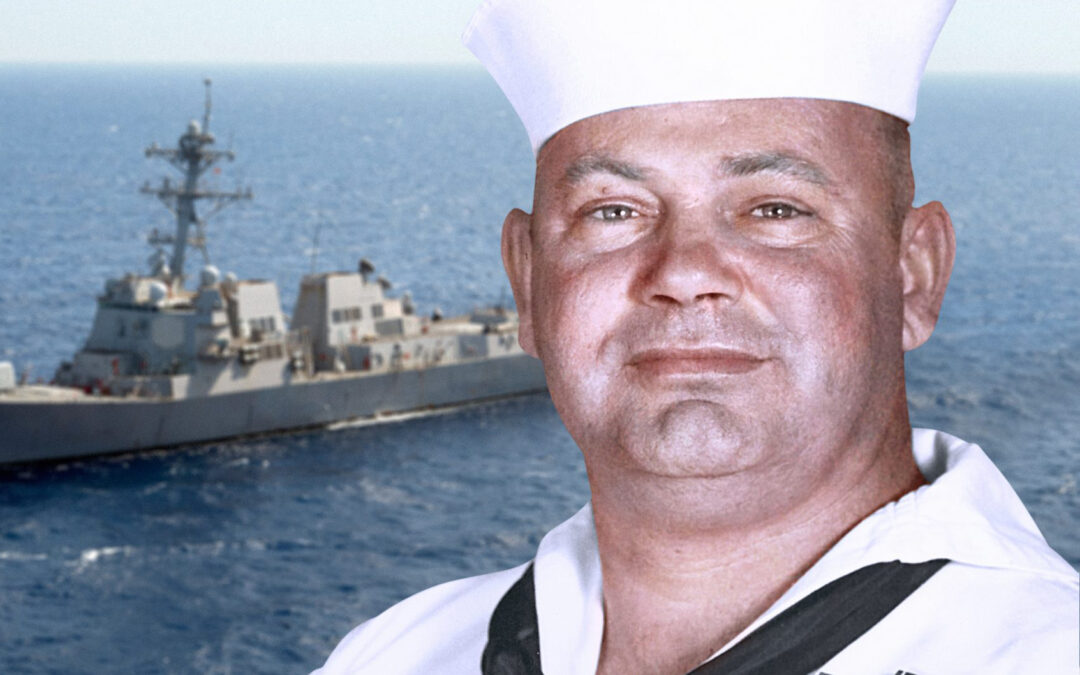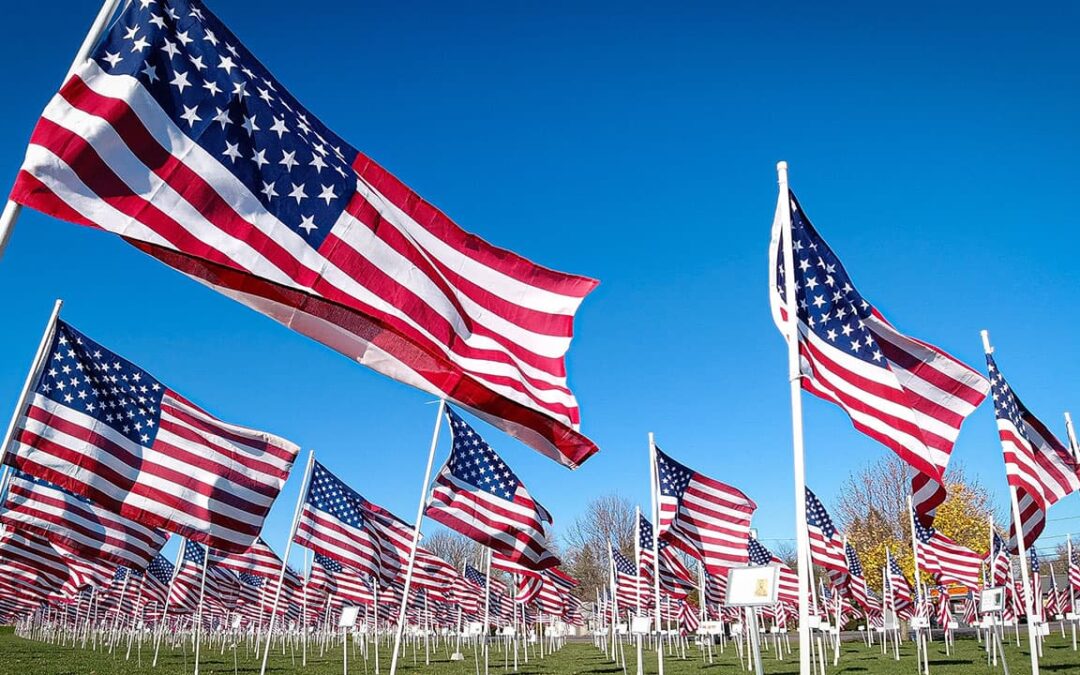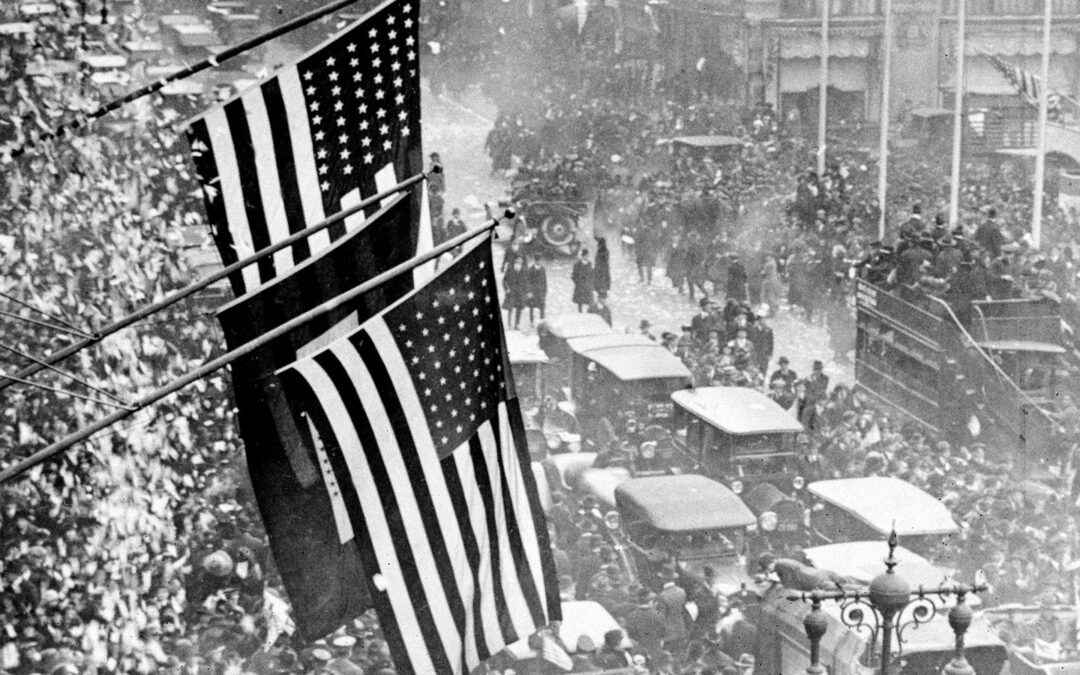On February 3, 1945, American forces entered the outskirts of Manila, capital of the Philippines, beginning the Battle of Manila, a ferocious and destructive urban battle against the Japanese that would leave Manila the second-hardest hit Allied capital (following Warsaw) of World War II. The Road to Manila and the First Days of Battle As part of his campaign to retake the Philippines from the Japanese (who had captured it from the Americans in 1942), General Douglas MacArthur first...
